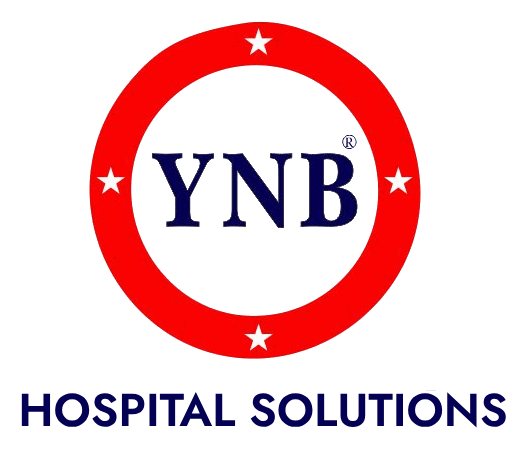1. Importance Of Accessibility In Healthcare
Accessibility plays a crucial role in ensuring that all patients, regardless of their physical abilities, can receive medical care without barriers. It enhances patient trust, improves healthcare outcomes, and aligns with global standards of patient-centered care.
Key Benefits Of Accessibility:
- Provides equal healthcare opportunities for people with disabilities.
- Enhances patient safety and convenience.
- Improves overall hospital efficiency by reducing obstacles in patient movement and care delivery.
2. NABH Guidelines On Accessibility
NABH accreditation standards emphasize the need for accessible healthcare infrastructure, patient-friendly services, and inclusivity-focused policies.
Essential NABH Accessibility Requirements:
- Barrier-Free Infrastructure: Hospitals must have ramps, elevators, and wide corridors to accommodate wheelchairs and mobility aids.
- Signage and Wayfinding: Clear, multilingual, and braille-enabled signage should be available for easy navigation.
- Accessible Restrooms: Restrooms must be designed to accommodate individuals with disabilities.
- Emergency Evacuation Plans: Facilities must implement inclusive emergency response protocols for patients with mobility challenges.
- Assistive Technologies: Availability of hearing aids, visual assistance tools, and other support for differently-abled patients.
3. Designing An Inclusive Healthcare Facility
To comply with NABH standards, healthcare institutions must incorporate universal design principles to ensure accessibility for all.
Key Design Considerations:
- Install automatic doors and non-slip flooring to prevent accidents.
- Ensure proper lighting for visually impaired individuals.
- Provide adjustable-height hospital beds and accessible medical equipment.
- Implement sensory-friendly spaces for patients with autism and other sensory sensitivities.
4. Technology’s Role In Enhancing Accessibility
Modern technology plays a significant role in making healthcare facilities more accessible.
How Technology Helps:
- Telemedicine Services: Enable remote consultations for patients with mobility issues.
- Speech-to-Text Services: Assist hearing-impaired patients in communicating effectively.
- Smart Wheelchairs & Patient Transport Systems: Improve patient mobility within the facility.
- AI-Powered Navigation Apps: Help patients find their way in large hospital complexes.
5. Training Staff For Accessibility Readiness
Healthcare personnel must be trained to accommodate patients with diverse needs and ensure a seamless experience.
Training Essentials:
- Educate staff on disability etiquette and sensitivity training.
- Train healthcare providers in sign language and alternative communication methods.
- Conduct emergency response drills focusing on inclusive evacuation procedures.
6. Legal And Ethical Considerations
Beyond NABH compliance, hospitals must adhere to national and international disability rights laws.
Key Regulations:
- The 2016 Indian Rights of Persons with Disabilities Act
- Americans with Disabilities Act (ADA) – For global benchmarks
- WHO Guidelines on Universal Health Coverage & Accessibility

